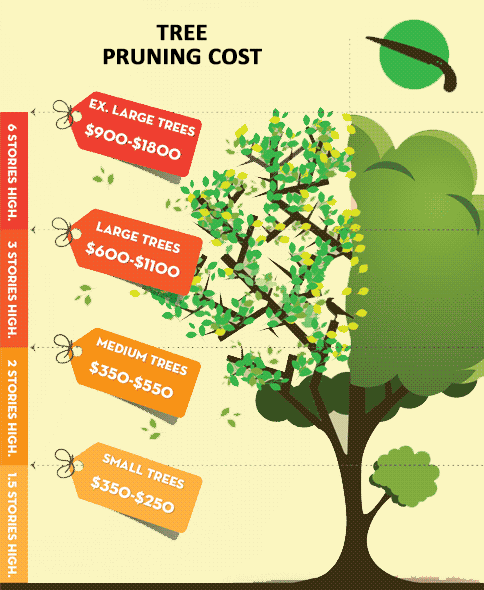Post-Tree Elimination Upkeep: Efficient Methods For Landscape Repair
Post-Tree Elimination Upkeep: Efficient Methods For Landscape Repair
Blog Article
Authored By-Hinrichsen Cochrane
After a tree's removal, your landscape might look quite different, and it's vital to examine the results meticulously. You'll want to review the soil disturbance and check bordering plants for any signs of stress. Overlooking these factors can lead to larger troubles down the line. So, what should you perform with those stumps and roots? And how do https://www.pleasantonweekly.com/news/2020/09/01/pleasanton-proceeds-with-removal-eucalyptus-tree-in-lions-wayside-park pick the best plants for your rejuvenated area? Allow's check out these vital steps.
Analyzing the Results: Reviewing Your Landscape
After a tree elimination, it's crucial to examine your landscape to comprehend the effect it has on your backyard.
Begin by examining the location where the tree stood. Look for indications of soil disturbance, and inspect the bordering plants for any tension or damages.
You need to also bear in mind of exactly how the removal has altered sunshine direct exposure and air flow in your yard. This change can impact the growth of nearby plants, so it's vital to evaluate their wellness.
Take into consideration the aesthetic elements also; the removal may create an open space that you can upgrade.
Finally, think about any kind of prospective erosion concerns that could arise from the tree's absence. Resolving these variables early will help bring back equilibrium to your landscape.
Taking care of Stumps and Origins: Choices for Elimination
When you've analyzed the results of the tree elimination, you'll likely require to deal with the stump and roots left behind.
https://precisiontimberfelling.wordpress.com have a couple of options for elimination. One reliable method is stump grinding, where a specialist makes use of a machine to grind the stump down to below ground degree. This strategy leaves marginal disturbance to your landscape.
If you choose a DIY technique, you can use a combination of excavating and chemical stump removers. Simply remember, this process can require time and effort.
Additionally, take into consideration leaving the stump as an all-natural attribute, which can serve as an one-of-a-kind yard component or habitat for wild animals.
Whatever you pick, addressing the stump and origins is important for recovering your landscape.
Selecting the Right Plant Kingdoms for Your New Room
As you examine your newly gotten rid of area, selecting the right plants can considerably enhance your landscape's elegance and capability.
Start by considering the sunlight and dirt problems. For bright locations, opt for drought-resistant plants like lavender or succulents. In shaded areas, ferns and hostas prosper well.
Consider the size and development habits of your plants; mix perennials and annuals for seasonal variety. Do not fail to remember to include indigenous types; they call for much less maintenance and assistance neighborhood wild animals.
Team plants in strange numbers for an extra natural look and develop layers for visual depth.
Finally, guarantee you have a mix of shades and textures to keep your landscape lively throughout the seasons.
Happy growing!
Final thought
In conclusion, recovering your landscape after tree removal is a fulfilling process. By analyzing the after-effects, attending to stumps and roots, and selecting the right plants, you'll create a flourishing environment. Don't forget to incorporate disintegration control procedures to protect your soil. With a little initiative and treatment, you can change your room right into a lively garden that improves your residential or commercial property. Embrace the possibility to revitalize your landscape and appreciate the beauty of nature right in your yard!
